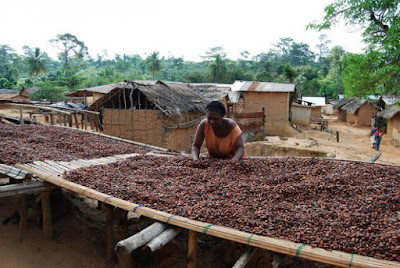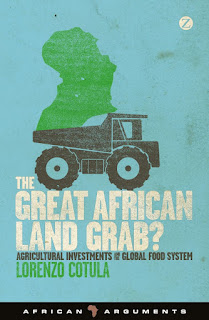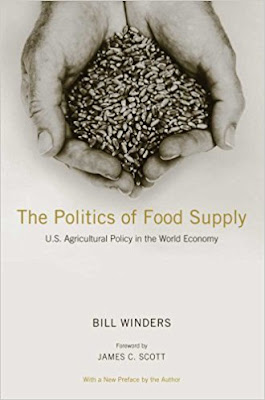Why is an alpha level of 0.05 commonly used by the researcher?
Common statistically significant levels are 5%, 1% and 0.1% depending on the analysis Statistically significant results are required for many practical cases of experimentation in various branches of research. The concept of statistical significance can be understood by minimum level at which the null hypothesis can be rejected. This means if the researcher sets the statistical significance level at 5% and the probability that the results are a chance process is 3%, and then the researcher can claim that the null hypothesis can be rejected. In this case, the researcher will call his results to be statistically significant. Lower the significance level, higher the confidence. The choice of the statistical significance level is influenced by a number of parameters and changes with different experiments. In most cases of practical consideration, the distribution of parameters or qualities follows a normal distribution. However, care should always be taken to account for other dis




